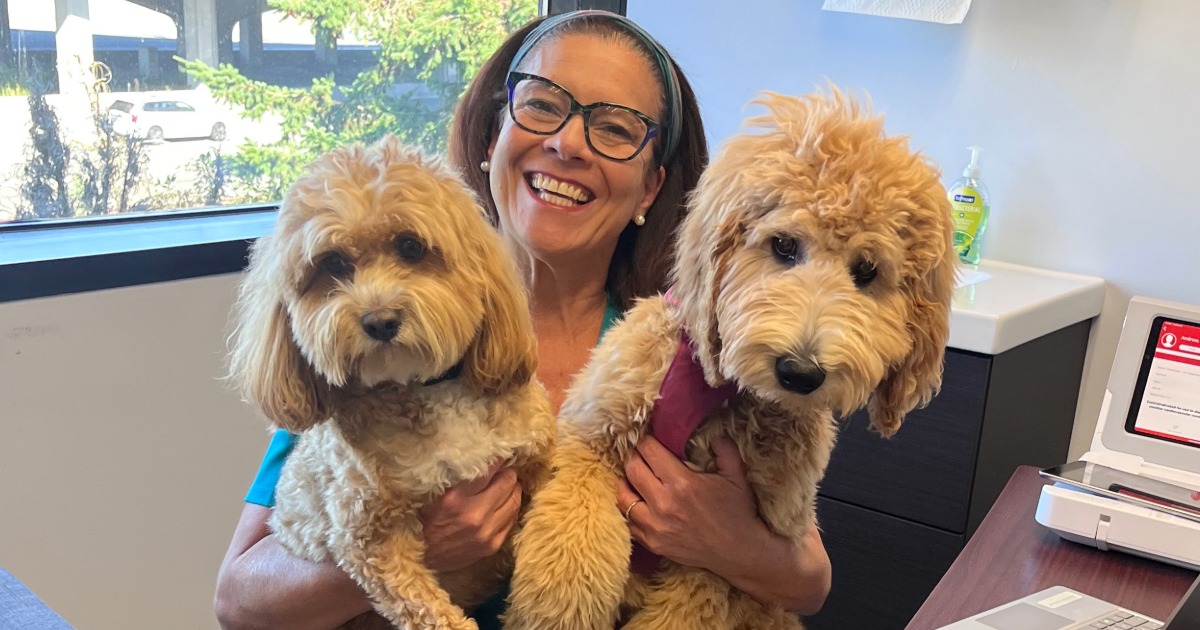Patient care that is coordinated and effective demands a series of steps that start with putting the technical tools and practice procedures to work to enable the components of meaningful use and other milestones that will improve health care, according to Dr. John Blair, president of Taconic IPA, a large physician group in New York’s Hudson Valley.
Blair spoke with Government Health IT recently about which steps come first and what works. Blair also is part of the leadership team of the Hudson Valley Initiative, which deploys electronic health records (EHRs), health information exchange and patient centered medical home among a number of provider participants to transform the healthcare system in New York and eventually nationwide. Blair is also CEO of MedAllies, a health information service provider (HISP).
[Government Health IT cover story: The Direct route to more pertinent patient information.]
The latest milestone for Hudson Valley is adding a care manager to track and assure the care of the most difficult and sickest of patients with chronic conditions in practices that have completed the technical preparations.
But providers have to be far along in establishing the technical infrastructure and transforming their practice into a medical home before they can think about the care manager component, he said.
No matter how much providers want to modernize their operations, it starts with an electronic health record (EHR) and the systems and processes it touches.
“Once we had EHRs done well, we had to have standard connectivity, such as for labs and e-prescribing. That leads to having a screaming need for connectivity between these systems,” Blair said. Hudson Valley providers are in the vanguard of using Direct Project http://directproject.org/ secure messaging protocols to share patient information, in addition to its health information exchange (HIE).
If the infrastructure pieces are done right, “meaningful use just becomes another list of things to check off in making sure they’re using their EHR correctly,” he said. “You have to implement a practice well, and if you are doing meaningful use, that will fall into place if you’re doing the other steps,” Blair assured.
The Hudson Valley effort has implemented EHRs in close to 800 providers, including from solo practices to 100+ provider groups, federally qualified health centers and hospital groups, he said.
Blair’s best practices for establishing an EHR:
1. Understand the software and the practice’s clinical processes and how the workflow from the business, administrative and patient processes interacts.
“You can’t tackle EHRs in a vacuum. You have to look at a practice and understand how it needs to redesign for more efficient administrative processes, along with more efficient, effective and better clinical processes. And you need a workforce that has that kind of understanding,” he said.
2. Create a defined, rigorous and rigid work plan. No matter what the practice size, go through a series of steps assessing the practice, its efficiencies, the gaps and what needs to be redesigned in the business and clinical processes before layering on the new software that anticipates and incorporates the new efficiencies.
“If you just lay the software on top of an inefficient practice, you’ve done nothing but digitize an inefficient practice,” he said.
3. Single out a true clinician leader and an administrative lead, “or you’re doomed to an ineffective implementation.”
4. Make sure clinical and administrative staff members are experienced with the software before going live.
5. An effective EHR requires connectivity, such as for electronic prescribing for mail order or for refill requests and for lab orders and results, which means interfaces with labs and proper configuration of the system.
To be done well, “you have to have assignments within the practice of who does what on prescriptions—who labels the specimen, where does it come out in the printer, who manages the queue, and labs coming back in,” he said.
[See also: ONC seeking comments about metadata standards for EHRs. ]
Practice to practice connectivity is the next logical step to share information. A primary care doctor may refer patients 15-20 times a day to a set of routinely used physicians, like cardiologists, endocrinologists, orthopedic and general surgeons.
“That’s a big push that we’re doing with Direct,” he said. The secure messaging protocols for simple exchange over the Internet fills a gap as providers begin to coordinate care across settings. The Hudson Valley effort is working with several EHR vendors to integrate the Direct protocols in their systems.
As more doctors use EHRs, they need to be able to talk with each other so that one physician can do a referral out of their system and into another doctor’s system that’s going to receive that patient, and then the receiving doctor upon seeing the patient can send the information back, Blair said.
Next: Improving Care Part II: Hudson Valley pilots care managers to ease load of sickest patients.


